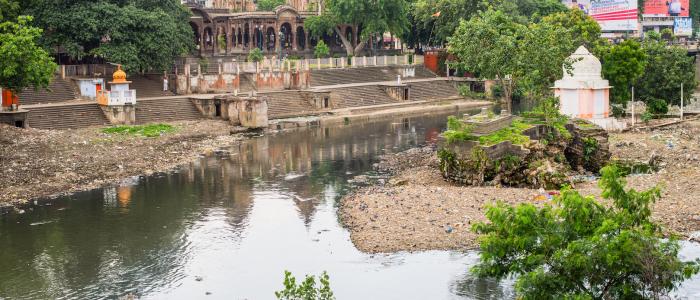Risk Reduction
Climate change resilience through mangroves, a Mumbai case study

Our cities are expanding in all directions, urbanising at a fast pace, at the cost of environmental degradation, giving way to climate change. The climate change impacts are multi dimensional , the major physical impact will be from the temperature increase and sea level rise. It is predicted that around 40 million people will be affected in India by 2050. The coastal cities will be most affected, especially when there is vast income disparities. Mumbai City is one of the most vulnerable city to sea level rise. Mangroves are the key climate change resilience component for coastal cities.







